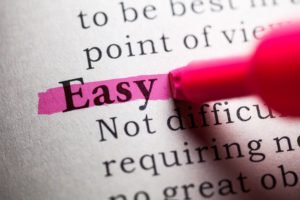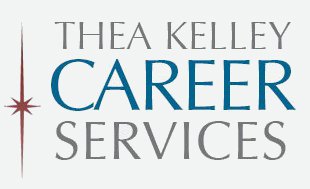 The internet overflows with tips on how to get employers to actually read your resume, not just glance at it. That’s fine, but it’s harder to find advice about a crucial factor: resume readability. A readable resume is more likely to get you an interview.
The internet overflows with tips on how to get employers to actually read your resume, not just glance at it. That’s fine, but it’s harder to find advice about a crucial factor: resume readability. A readable resume is more likely to get you an interview.
By “readable” I don’t mean easier for applicant tracking systems to read, although ATS-friendliness is an important topic. I’m talking about making your resume easier and more enjoyable for a human being to read.
Let’s look at two major factors in resume readability: writing and formatting.
How to Write Your Resume for Readability
Writing a more readable resume doesn’t mean “dumbing down” your writing in case the recruiter isn’t bright. It means simply making it easier for them, whether they’re a slow learner or a genius. In fact, a study found that even people with advanced degrees carried out tasks faster when the instructions were written in simpler language. And these highly educated folks weren’t the least bit annoyed by the simplification.
The researchers also pointed out that “about half of the adults in the U.S. read at the 8th grade level or below.” So, pay attention to the readability scores provided by Microsoft Word’s spelling and grammar checker, or use an online readability rating tool like Readable. If the Flesch-Kinkaid grade level of your resume is higher than 8.0, consider making it more readable by using the following:
Short words. One of my favorite bumper sticker slogans is “ESCHEW OBFUSCATION,” which basically means “avoid confusing people with long words.” (Maybe my use of those two words is why this article’s grade level is a tad high, at 8.2.)
Short sentences. There’s no magic number here, but as sentences grow beyond 10 or 20 words, they begin to feel a lot more like work!
Short paragraphs. In resumes, I prefer to limit paragraphs to six lines at most. Bullet items should be only a line or two.
No redundancies. There’s no need to write “evolved over time” when “evolved” means exactly the same thing. Redundancy is clutter. It makes reading feel more like an effort.
Active voice, not passive. A bullet that reads “Delivered project on time” is clearer than “Project was delivered on time.”
Plain English. What does it really mean to “operationalize” something? Avoid jargon, except for keywords.
Formatting for Resume Readability
Most often the term “resume formats” refers to chronological, functional and combination/hybrid formats, but I’m talking about something much more basic. I mean the choices you see in the Format menu of your word processor, such as font, paragraph formatting, and margins. Here are some tips that can make your resume easier to read.
Use white space meaningfully. One important example of white space–empty areas on the page–is line spacing. Use the space between lines to give the reader clues about which pieces of information are related and “go together.”
To do this, instead of always pressing Return to add line spaces, use paragraph formatting (Format >Paragraph>“Before” or “After”). This way you can add a a small space (e.g, 3-5 points) after bullet items, a larger space (6-8 points) between paragraphs, and a still larger space (9-13 point) between major sections. Try this and see how much more organized and attractive the resume looks.
Use a hierarchy of font sizes. Similarly, try using a 10-12 point font for the body (main content) of the resume, about 2 points larger for section headings, and about 2 points larger for your name at the top of the resume.
Use bullets, but use them sparingly. Bullets are intended for emphasis. If you use too many, they fail to emphasize. Try using regular paragraphs to describe the responsibilities of your jobs, and bullets to call attention to your accomplishments.
Use boldface appropriately. Boldface font is useful for making certain elements stand out, such as your name, section headings, or even a few important words within a paragraph. For example, I used bold to make key phrases pop out of this “blurb block”:
“Kris’s innovative ideas and upbeat personality make him an invaluable resource to the whole team.” | “Very strong technically. His code is always well thought-out, elegant and user friendly.” | “Exceptionally dedicated.” | “Generous in sharing his knowledge and finding ways to scale that knowledge for maximum benefit.” | “Brilliant work.“
Get Your Resume Read
All of the great content in your resume is useless if nobody reads it. Skillful use of language and formatting will improve resume readability so that your experience, education and skills can shine through.

